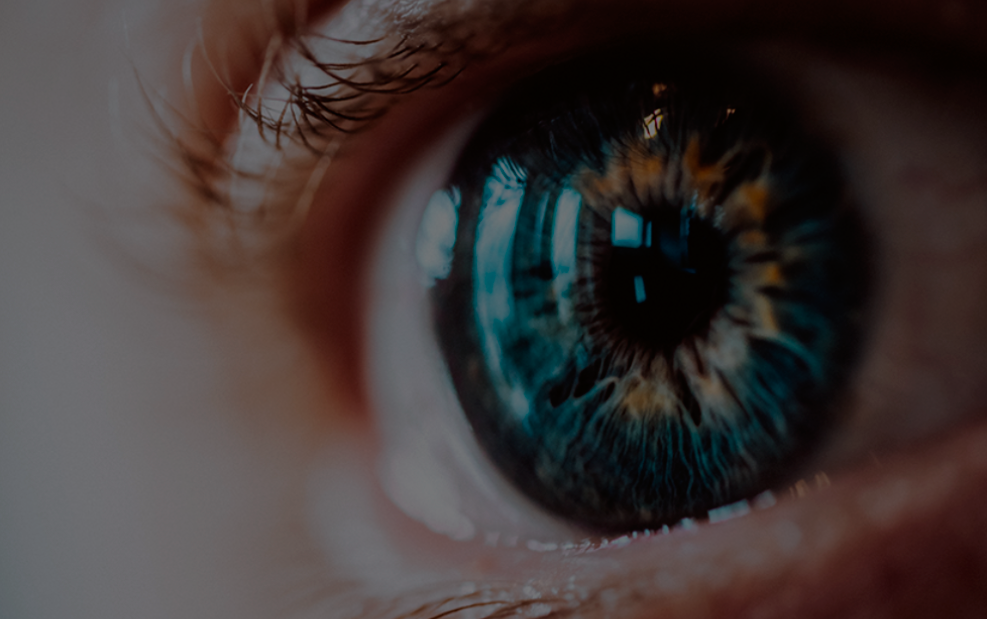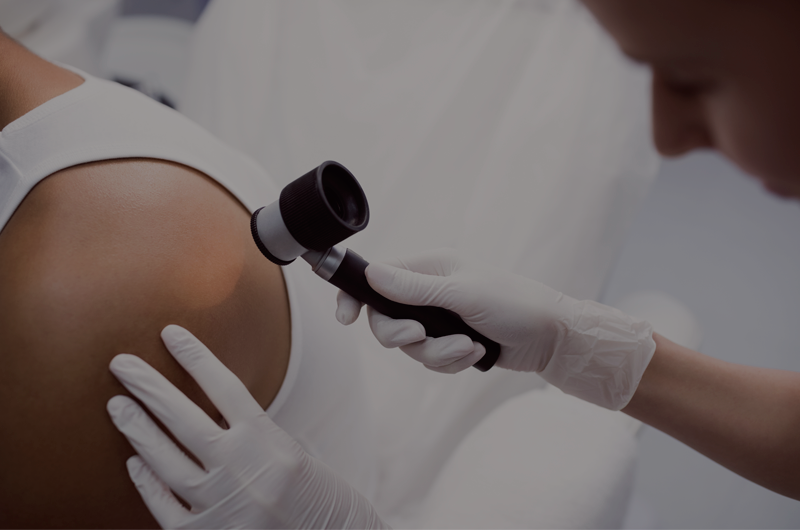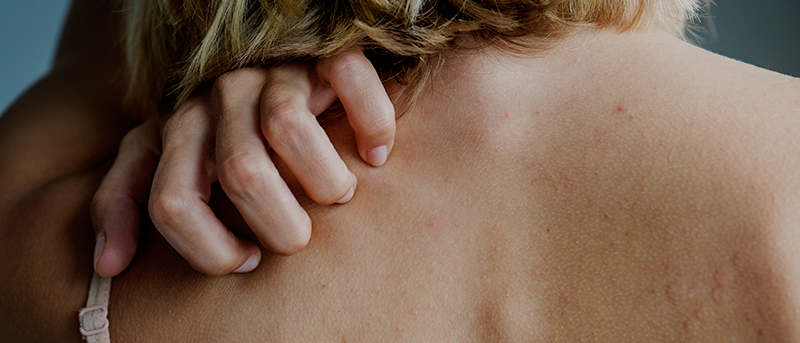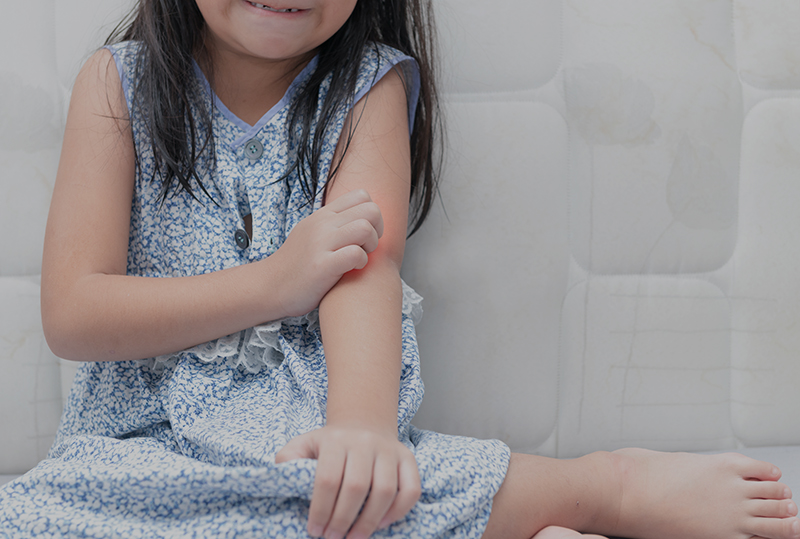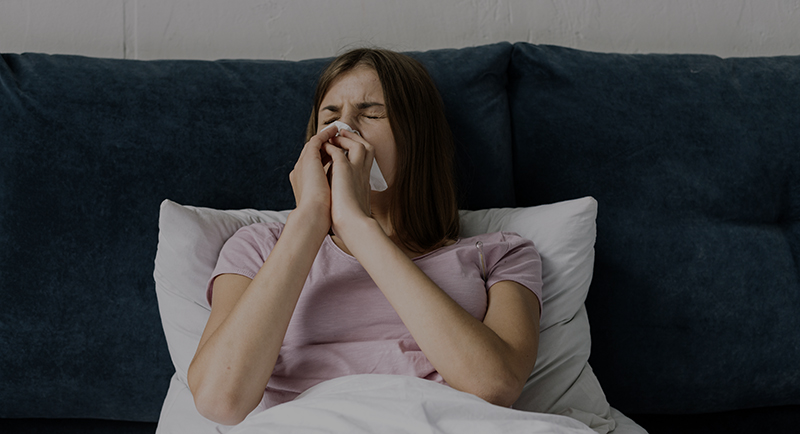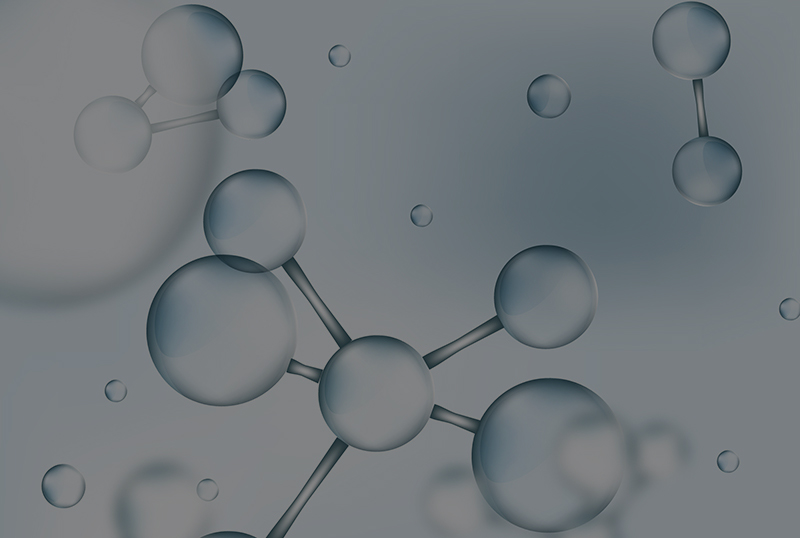
Sinem Ayse Ornek
Int Immunopharmacol . 2022 Sep 15;112:109198. doi: 10.1016/j.intimp.2022.109198. Online ahead of print.
Chronic urticaria is a common condition characterized by recurrent pruritic wheals and/or angioedema for more than 6 weeks. As a first-line treatment, guidelines recommend standard doses of antihistamines and as second-line an increase in antihistamines’ dose. There is a lack of studies on remission rates with first and second-line treatments as well as indicators of antihistamine response. The aim of this study was to assess response rates to chronic urticaria first and second-line treatments and to identify characteristics of the patients that can help estimate treatment outcomes.
Different types of urticaria outcomes were retrospectively analyzed: 556 chronic spontaneous urticaria and 101 chronic inducible urticaria cases on at least 3 months of follow-up data.
Results have shown that a standard dose of 2nd generation antihistamines was proving efficacy in 43% of the patients. An additional 28.8% of patients were in remission with 2nd line treatments. Increasing antihistamine dose, combining two different 2nd generation antihistamines, combining 1st and 2nd generation antihistamines or combining leukotriene receptor antagonist offered remission in 38.3 %, 35.8 %, 37.5% and 25 % of patients who were given these treatments, respectively.
In conclusion, it is important to have a stepwise approach to managing chronic urticaria because the number of patients who respond to treatment increases with each step.


